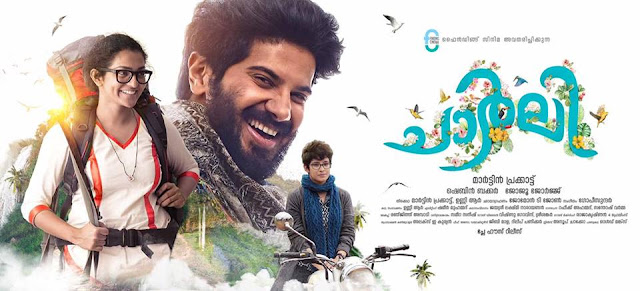Graphic Novel: Buddha by OsamuTezuka (Mini Review)
Irreverant, lush, evocative, poignant and most decidedly
epic.
The 8-volume Buddha series by Osama Tezuka, widely revered
in Japan as the grandfather of Manga, is a sprawling, awe-inspiring work of art
and fiction that is stunning in the scope of its vision and achievement.
I jumped a book – and dove straight into book two : The Four
Encounters that sees a 13-year old Siddhartha come to terms with the evils in
life – the themes of the caste system that draws strict lines of divides in the
society, the differences between the rich nobility and the poor mendicants of
the streets – and teaches him about the frailty of life and the inevitability
of death and introduces him to the concept of the cycles of life. I know I have
missed a masterpiece by not having read book one, Kapilavastu but I have
resolved to correct that error. Have ordered book 1 and 3.
Buddha is in many ways, a confusing series as it
crisscrosses across multiple characters and timelines but Tezuka keeps the basic
premise true to the tenets of Buddhism: that all forms of life, however small
and inconsequential, are sacred and every life form has a role to play in the
scheme of the bigger things coming to intersect and influence.
Vol 2. Deals with the harsh truths of life that Siddhartha
is introduced to – Ageing, disease and
death - after escaping from the confines of his dreary castle with the help of
a pariah (untouchable), the lovable roguish Tatta [ who is a main protagonist
of this series and will continue to cross paths with Siddhartha many times ] –
We are also introduced to the fiery woman bandit, Migaila who falls in love
with Sidhartha and the beautiful loyal princess Yashodara destined to be
Sidhartha’s wife and mother to Rahula, their child. Also interspersed into the
proceedings is Bandaka, the arrogant mighty warrior who aspires to wrestle the
kingdom and Princess Yashodara from Sidhartha. Each of them, in their own
rights, a mesmerizing caricature of everything that is lovable and yet humanly
flawed and vulnerable in all of us. It’s a beautiful tapestry of a variety of
human stereotypes that brings to life the desultory times of Sidhartha’s youth
in the Shakya kingdom. The fates of star-crossed lovers Migailla , the low born
bandit and Sidhartha, the high born royalty is cruel and so poignantly depicted
in Tezuka’s masterful drawings, bringing to life the haunting quality of such hopeless
love. The artwork is exceptional, balancing exaggeratedly stylized characters
against finely detailed background. Be it – the irreverent animated frenzied
fights, the intense quiet moments between Sidhartha and Migailla or the
introspection and dreams of Sidhartha following the fate of a little bird.
It’s a great satisfying read and yet, in dealing with such a
serious topic as that of Siddhartha’s quest for peace and answers to human
suffering – Tezuka has chosen the perfect foil of humor. I think It’s a great
fit and works charmingly well to help the proceedings along in a riptide pace. Vol.
2 has no answers and is only the start of a fantastic quest, but has enough
meat and storylines to keep you hooked onto the tale.
Overall a wonderful opening to a magnificent series that is
definitely a path-breaking work of graphic art. Four stars.




Comments